Shamrock Rovers vs Seleção : When World Champions visited Ireland
By Ryan Brolly
Following their third World Cup triumph in four tournaments Brazil embarked on a world tour taking on anyone who dared step up and play them. The Brazilian National Team went to the likes of the newly formed UAE and also played Plymouth Argyle at Home Park in front of 40,000 people. The most interesting of all these games however, took place at Lansdowne Road in Dublin.
With a backdrop of the Troubles in Northern Ireland, owner of Shamrock Rovers Football Club based in Tallaght, Dublin Louis Kilcoyne in a gesture of friendship and solidarity persuaded João Havelange of the Brazilian Football Association to visit Ireland during their tour. The idea set forward was for an all Ireland eleven to play against the World champions a sign of collaboration between both sides of the border at a period of such high tensions. This would be in return for a vote as FIFA president from the FAI in 1974.
Ireland captain Johnny Giles and Northern Ireland captain Derek Dougan were friends and persuaded their teammates individually to participate in the project. The IFA representing Northern Ireland opposed the exhibition game citing that it may lead to future collaboration with the FAI and perhaps lead to a merger of the two organisations. In deference to the concerns the team would not be known as the Ireland eleven but as Shamrock Rovers after Kilcoyne’s team despite none of the players actively playing for League of Ireland or Irish League clubs.
The game took place on July 3rd 1973 and saw the All Ireland Shamrock Rovers put three goals past Brazil the first time such an event had happened in eight years however, the game would finish four goals to three in favour of the holders of the Jules Rimet trophy. A 34,000 strong crowd at Lansdowne Road bore witness to some of the all time greats including Jairzinho who won the silver boot at the 1970 World Cup, Pat Jennings of Northern Ireland who achieved the FWA Footballer of the Year in 1972 after being apart of the Tottenham Hotspur team that won the UEFA Cup and Martin O’Neill who would be a member of the historic Nottingham Forest team to win back to back UEFA European Cups. All players they would not regularly see play at the national stadium.
The proceeds of the match went toward UNICEF and the Irish Cancer Society and showed the potential for good a United Irish football team could do not only for charitable efforts but also community relations as the security situation in Northern Ireland worsened following the fall of the Stormont Government and the heightened violence and deaths. Donegal based League of Ireland club Finn Harps hoped to put together their own all Ireland eleven to challenge West Germany or England during the summer of 1974 showing the appetite to see both national teams merge for further exhibition games. There was hope from within the FAI to mirror the Irish Rugby Football Union which operates on an all island basis and the IFA and FAI met numerous times throughout the 1970s in an attempt to merge the associations but as we can see today these did not come to fruition.
Ryan Brolly is a History and International Relations student at Queen’s University Belfast and Sport Editor at The Scoop

